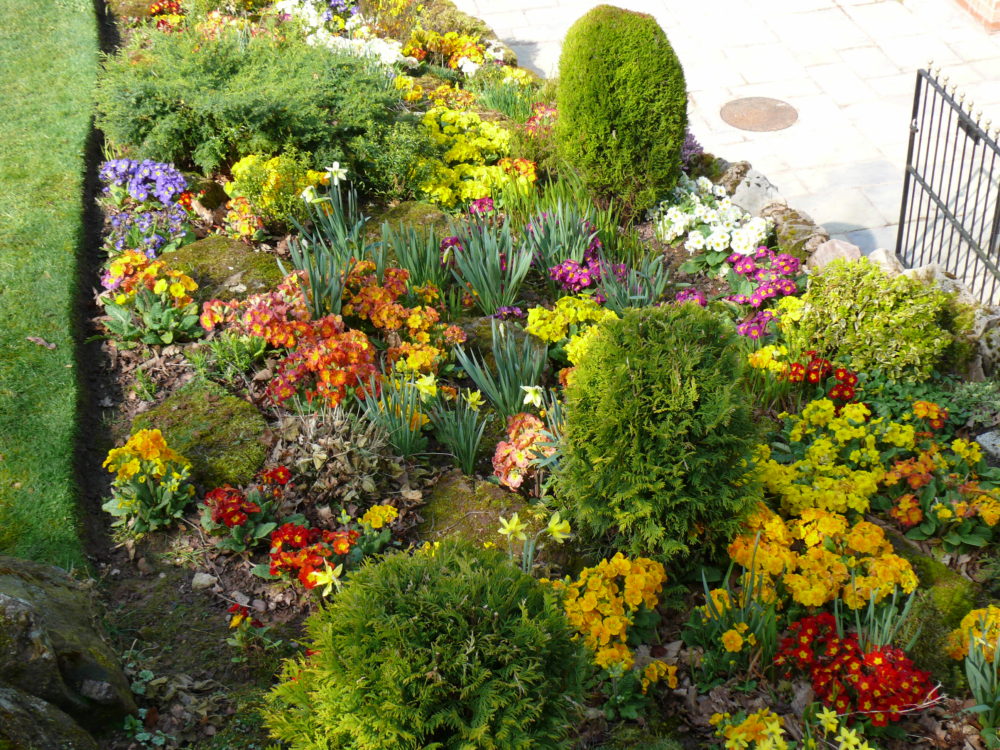
House Plant Care
- Low light, large temperature swings and dry air can all make it hard for houseplants over the winter.
- Many houseplants are often benefited from a rest over winter so when flowering is over and growth slows down. Adjust watering so that the compost is barely moist and withhold fertilizer until the plant shows signs of growth in spring.
- Plants do better in unheated rooms where the temperature may be cool but does not fluctuate wildly between night and day. Do not leave plants on a windowsill behind curtains where they will get chilled.
- Central heating tends to dry the air, and low

humidity often leads to brown leaf tips or leaf drop. This can be improved if you group plants together, standing them on a tray of pebbles half covered in water, or misting foliage daily.
Hedge Planting tips
- Now is an ideal time to start planting hedges, or any time up to February whenever ground conditions allow.
- Most people’s ideal hedge would grow rapidly to about 6ft and then stop. However, most quick growing hedges plants need frequent trimming to keep them in their place.
- When choosing, remember to think about the final height, achieving a formal or informal effect and features you may want such as flowers, berries, coloured foliage, and wildlife interest.
- For formal hedges, a good choice would include hornbeam– more tolerant of heavy soils. Also, Portugal laurel with glossy, evergreen leaves are smaller and neater than a cherry laurel, grows quickly when young and slows down as it matures.
- For informal hedging, consider wildlife hedging, consisting of a mix of native species.
- For an abundance of colour, consider berberis, and yellow or purple leaves.
The right care needs to be given to house plants and hedges through the winter period so that they carry on producing the next year. If you have any more queries please contact us.
